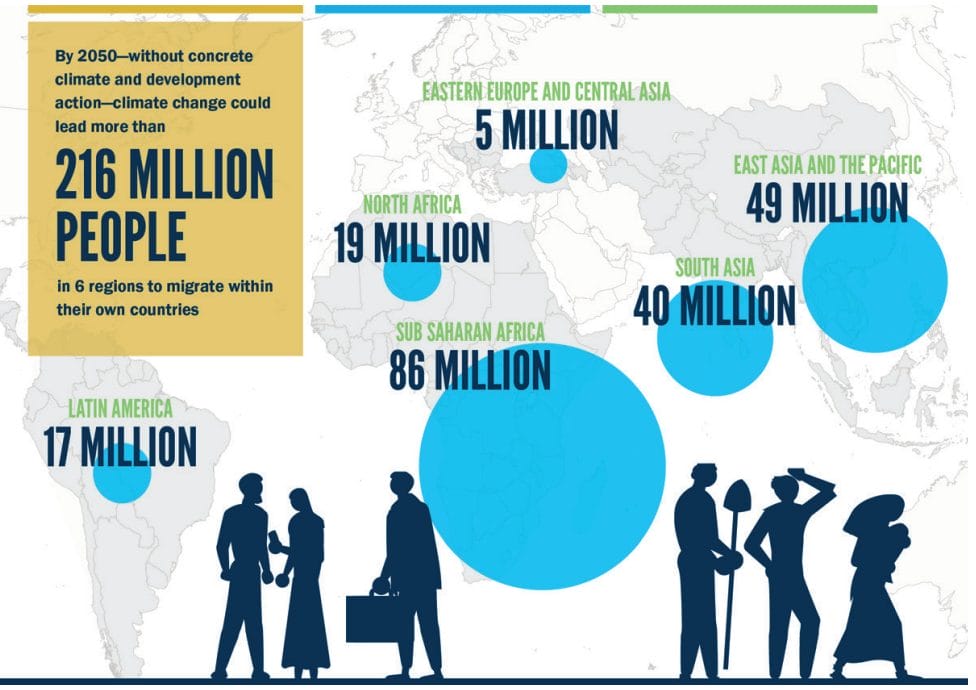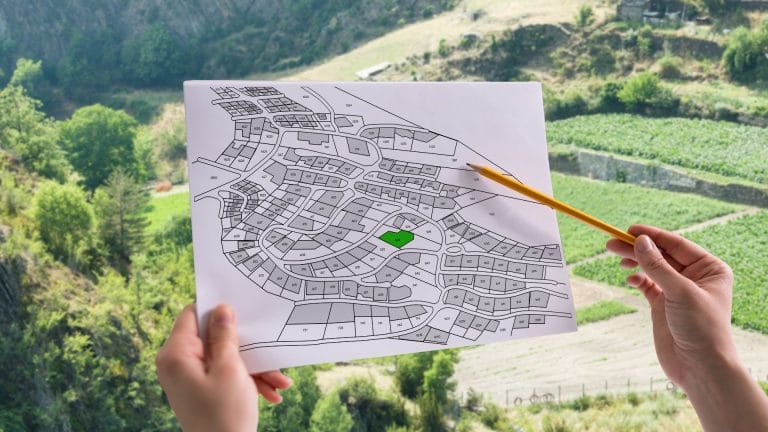- RESEARCHDistance Learning at AIU is enhanced by vast academic resources and innovative technologies build into the Virtual Campus: Hundreds of self-paced courses with video lectures and step by step lessons, thousands of optional assignments, 140,000 e-books, the Social Media & Networking platform allowing collaboration/chat/communications between students, and MYAIU develop students holistically in 11 areas beyond just academics.
- PROGRAMS OFFERED
- Areas of Study
- Courses and Curriculum
- Open Courses
- Register for a Program
- Associate Program
- Associate in Addiction Counseling
- Associate in Agriculture Food And Resources
- Associate in Anti Terrorism Security
- Associate in Behavior Analysis In Special Education
- Associate in Bioethics
- Associate in Climatology
- Associate in Cultural Theological Communication
- Associate in Culinary Arts
- Associate in Ecotechnology
- View all Associates Programs
- Bachelor Program
- Bachelors in Community Development
- Bachelors in Environmental Science
- Bachelor in Education (B.Ed, BS)
- Bachelors in Economics
- Bachelors in Entrepreneurship
- Bachelors in Financial Administration
- Bachelors in Human Resource Management
- Bachelors in Linguistics
- Bachelors in Nutritional Science
- Bachelors in Occupational Health and Safety
- Bachelors in Psychology
- View all Bachelor Programs
- Doctorate Program
- Doctor | of Biology (PhD)
- Doctorate in Business Administration (DBA, PhD)
- Doctor of Economics (PhD)
- Doctor of Electrical Engineering (D.Sc, PhD)
- Doctor of Finance (PhD)
- Doctorate in International Relations
- Doctorate in Information Technology (D.Sc)
- Doctor of Legal Studies (PhD)
- Doctor of Project Management (PhD)
- Doctor of Sociology (PhD, D.Sc)
- Doctorate in Sustainable Natural Resources Management
- View all Doctorate Programs
- Master Program
- Postdoctoral Program
- Postdoctoral in Animal Science
- Postdoctoral in Anti Terrorism Security
- Postdoctoral in Behavior Analysis In Special Education
- Postdoctoral in Bioethics
- Postdoctoral in Blockchain Technology and Digital Currency
- Postdoctoral in Business Management
- Postdoctoral in Cloud Computing
- Postdoctoral in Computer Engineering
- View all Postdoctoral Programs
AIU offers a wide range of majors in areas including the Arts, Business, Science, Technology, Social, and Human studies. More than 120 degrees and programs are available for adult learners at the associate’s, bachelor’s, master’s, doctoral and postdoctoral level. - VIRTUAL CAMPUS
Distance Learning at AIU is enhanced by vast academic resources and innovative technologies build into the Virtual Campus: Hundreds of self-paced courses with video lectures and step by step lessons, thousands of optional assignments, 140,000 e-books, the Social Media & Networking platform allowing collaboration/chat/communications between students, and MYAIU develop students holistically in 11 areas beyond just academics.
- ALUMNI
The world is YOUR campus!”, that is the message of AIU’s month magazine Campus Mundi. Hear the voices and see the faces that make up AIU. Campus Mundi brings the world of AIU to you every months with inspirational stories, news and achievements by AIU members from around the world (students and staff are located in over 200 countries).
Will a decline in the global population really help the environment?

Can reducing the number of people really lessen the strain on our planet, or is there more we should consider?
How might an aging global population change resource needs and impact the environment?
In what ways could lifestyle choices and consumption patterns affect environmental outcomes more than population numbers?
Dive deeper into the complex relationship between population trends and environmental impact. Understanding these connections can empower you to contribute meaningfully to global sustainability efforts.
Login to your student section to access the AIU Additional Resources Library and explore “Will a decline in global population really help the environment?”
Will a decline in the global population really help the environment?
In recent years, we’ve witnessed a major shift in population growth trends. Once, demographers feared that uncontrolled growth would strain the planet’s resources beyond repair. Now, however, we face a different reality: slowing population growth, even reaching the point of decline in some areas. For decades, researchers and environmentalists hoped that reducing the population could help relieve the stress on the environment. But as we are beginning to understand, a declining population doesn’t necessarily mean a healthier planet.

Understanding the Demographic Transition: Population Growth in Reverse 🌍
Historically, global population growth has followed a predictable pattern. As countries developed, they moved from agrarian to industrialized economies, leading to lower birth and death rates—a process known as demographic transition. Japan, much of Europe, and parts of North America have already experienced this transition, seeing fertility rates drop and population numbers stabilize or decline. China, which was once the most populous country in the world, has also entered this phase.
For instance, Japan’s population has been steadily declining for years, with a net loss of 100 people every hour. Fertility rates in countries such as Italy, Germany, and South Korea have also plummeted. Experts project that by the year 2100, only six countries will see their birth rates surpass death rates. The rest of the world is expected to fall below the replacement fertility level, which is about 2.1 children per woman.

Fewer People, More Resources for Nature? Not Quite
The intuitive expectation is that fewer people will mean less environmental strain. However, environmental impact is a complex equation, and population numbers are only one part of it. There are three critical points to consider:
- Age and Consumption: As populations age, their resource needs change. Studies show that per capita energy use peaks between the ages of 35 and 55, then decreases, only to rise again from age 70 onwards. This pattern occurs because older adults are more likely to spend more time at home and often live in larger homes, consuming more energy. Consequently, the growing population of older adults could counterbalance the environmental relief we might expect from fewer people overall.
- Resource Disparities: The consumption of resources varies drastically across countries. Wealthier nations like the United States and Australia have a much higher per capita carbon footprint than countries such as India or Indonesia. Even as global population growth slows, if lower-income countries become wealthier, we could see a significant rise in worldwide consumption and emissions. This disparity highlights the reality that environmental sustainability is not only a matter of population size but also of consumption patterns.
- Economic and Environmental Growth: Many economists and environmental scientists have long advocated for “decoupling” economic growth from environmental harm. In other words, the hope is to create economic progress without increasing emissions and resource use. Some countries have made strides in this direction by transitioning to renewable energy and promoting sustainable practices. But progress remains slow, and the path to sustainability is fraught with challenges.
Migration, Climate Change, and Resource Allocation 🌱
Another element to consider is migration. As wealthy nations face declining populations, they may turn to migration to supplement their workforce, as has already been observed in countries such as Canada and Germany. Migration can be economically advantageous for both the host and origin countries, but it also increases the environmental footprint. When people migrate to wealthier countries, their consumption typically rises due to the higher standards of living, contributing to more emissions.
Forced migration due to climate change is also projected to rise sharply in the coming years. By 2050, as many as 216 million people could be forced to relocate due to factors like drought, sea-level rise, and extreme weather. These climate refugees may contribute to increased resource use in their new locations, placing additional environmental strain in certain areas. This shift illustrates that population decline does not inherently translate to less environmental stress—it often depends on where people are and the lifestyle associated with that location.

Dan Kitwood (Getty Images)
The Environmental Paradox of Depopulation: More Consumption, Fewer People 🌍
So, will a declining global population help ease the burden on the environment? While it could lead to lower overall consumption, this outcome is not guaranteed. Here are three paradoxical reasons why depopulation might not be the straightforward environmental boon it seems:
- Economic Pressures: A declining population means a shrinking workforce and fewer consumers, which can put pressure on economies. To counteract this, many countries may push for increased productivity and resource use to maintain economic growth. This drive could lead to greater resource extraction, more pollution, and higher emissions per capita.
- Aging Populations and Infrastructure Demand: Countries with a significant elderly population often face challenges related to healthcare, housing, and energy demands. As these needs grow, the demand for resources to support elderly populations can also increase, thereby diminishing the expected environmental benefits of a declining population.
- High-Emission Economies: Population decline does not inherently alter high-emission industries. Unless a country actively transitions to sustainable practices, emissions may continue at the same or even higher rates due to per capita increases in consumption among wealthier, older populations.
Rethinking Sustainability: Beyond Population Control
In light of these insights, what can be done to protect the environment if population decline alone isn’t enough? Sustainability experts emphasize that it’s not just the number of people that matters, but how we live and consume resources. The following approaches are essential for a sustainable future:
- Encouraging Sustainable Consumption Patterns: Countries must work to reduce consumption and promote sustainable lifestyles. This might include adopting renewable energy sources, reducing waste, and promoting public transportation over personal vehicle use.
- Investing in Circular Economies: A circular economy minimizes waste by promoting reuse, recycling, and sustainable production methods. Such economies can reduce reliance on new resources, leading to a lower environmental footprint even as populations fluctuate.
- Decoupling Economic Growth from Environmental Harm: Governments and businesses must prioritize practices that allow for economic growth without increasing resource consumption and emissions. This shift might involve investing in green technologies, supporting eco-friendly business practices, and encouraging consumers to make sustainable choices.
- Supporting Policies for Climate Mitigation: Addressing climate change directly, rather than assuming it will improve with depopulation, is crucial. Governments should commit to policies that mitigate greenhouse gas emissions, protect biodiversity, and ensure that climate refugees have support systems in place.

World Bank’s 2050 Projection of Internal Migration Distribution in 6 Regions
Source: Groundswell Part 2: Acting on Internal Climate Migration
Final Thoughts: Pursuing Knowledge to Make a Difference
The question of whether a declining population will help the environment reminds us that sustainability is complex and requires multifaceted solutions. For those dedicated to studying and understanding these issues, the field of environmental studies offers numerous paths to contribute meaningfully to a sustainable future.
At Atlantic International University, our programs provide the flexibility to pursue these critical fields of knowledge from anywhere in the world. Whether in environmental science, sustainable development, or social policy, our courses are designed to empower you to create lasting change. Embrace the opportunity to deepen your expertise and join a community of individuals committed to protecting our planet for future generations.
Explore our degree programs in environmental and social sciences to take the first step toward a meaningful career dedicated to global sustainability. Together, we can create a legacy that transcends generations. 🌍
Also, you can learn more about this topic in AIU’s, wide range of recorded classes that cover various subjects of interest and that can be very useful to expand your knowledge. If this topic interests you, you can explore related live classes. Our extensive online library is also home to a wealth of knowledge, comprised of miles of e-books, serving as a valuable supplemental resource.
Below we share a series of resources that will help you expand your knowledge on this topic:
The Age of Depopulation: Surviving a World Gone Gray.
Predicted Drop in Population Mightn’t Be Enough to Save The Environment After All
Why a shrinking human population is a good thing
Population Decline Will Change the World for the Better
World population stabilization unlikely this century
The Book That Incited a Worldwide Fear of Overpopulation
World Population by Country 2024 (Live)
Climate Security and Migration: An Evaluation for the World and Turkey
Reminder to our Dear Students,
Please ensure you are logged in as a student on the AIU platform and logged into the AIU Online
Library before accessing course links. This step is crucial for uninterrupted access to your learning
resources.
AIU Success Stories







Contact Us Today!
Begin Your Journey!
AIU’s Summer of Innovation and Growth gives you the ability to earn up to $5000 in tuition credit by completing free lessons and courses.
Whether you’re looking to acquire new skills, advance your career, or simply explore new interests, AIU is your gateway to a world of opportunities. With free access to 3400 lessons and hundreds of courses the ability to earn credits and earn certificates there’s no better time to start learning.
Join us today as a Guest Student and take the first step towards a brighter, more empowered future.
Explore. Learn. Achieve.

Contact Us
Atlantic International University
900 Fort Street Mall 905 Honolulu, HI 96813 [email protected]
Quick Links
Home | Online Courses | Available Courses | Virtual Campus | Career Center | Available Positions | Ask Career Coach | The Job Interview | Resume Writing | Accreditation | Areas of Study | Bachelor Degree Programs | Masters Degree Programs | Doctoral Degree Programs | Course & Curriculum | Human Rights | Online Library | Representations | Student Publication | Sponsors | General Information | Mission & Vision | School of Business and Economics | School of Science and Engineering | School of Social and Human Studies | Media Center | Admission Requirements | Apply Online | Tuition | Faculty & Staff | Distance Learning Overview | Student Testimonials | AIU Blogs | Register for Program | Privacy Policy | FAQ


















